Annual reports, more than financial summaries, serve as a window into a company’s performance, values, and vision. While numbers tell a story, the way they’re presented is equally critical. The design and layout of these reports play a pivotal role in communicating complex data effectively and leaving a lasting impression on stakeholders.
1. Clarity and Readability
The layout of an annual report significantly influences its readability. Clear sections, concise typography, and well-organized content make complex financial information more digestible. Strategic placement of data allows stakeholders to navigate through the report effortlessly, grasping key insights without confusion.
2. Engagement and Attention-Grabbing
In a world inundated with information, design elements such as infographics, charts, and images are vital in capturing stakeholders’ attention. These visuals not only break the monotony of numbers but also simplify intricate details, engaging readers and sustaining their interest throughout the report.
3. Branding and Identity
Annual reports aren’t just financial documents; they are an extension of a company’s brand identity. Design elements like color schemes, fonts, and imagery align the report with the brand’s ethos, reinforcing its image and values. A well-designed report reflects professionalism and attention to detail, bolstering the brand’s credibility.
4. Emphasizing Key Information
Strategic design choices highlight critical data and messages within the report. Graphical representations, call-out boxes, and formatting draw attention to key achievements, challenges, and future strategies. This emphasis guides stakeholders to focus on pivotal information.
5. Standing Out and Making an Impact
In a competitive landscape, a well-designed annual report distinguishes itself. Unique and aesthetically pleasing layouts make a report memorable, leaving a lasting impression on shareholders and potential investors. The design not only communicates information but also conveys the company’s commitment to excellence.
6. Digital Adaptability and Shareability
As reports are increasingly shared digitally, optimizing the layout for different devices and platforms is crucial. A well-structured design ensures seamless readability across screens, making the report easily shareable and accessible to a wider audience.
In conclusion, the design and layout of annual reports transcend mere aesthetics; they are strategic tools for effective communication. A well-designed report doesn’t just present financial data—it narrates a story, reflects a company’s values, and influences stakeholders’ perceptions. It’s an essential component in building trust, engaging stakeholders, and reinforcing a company’s brand identity.

